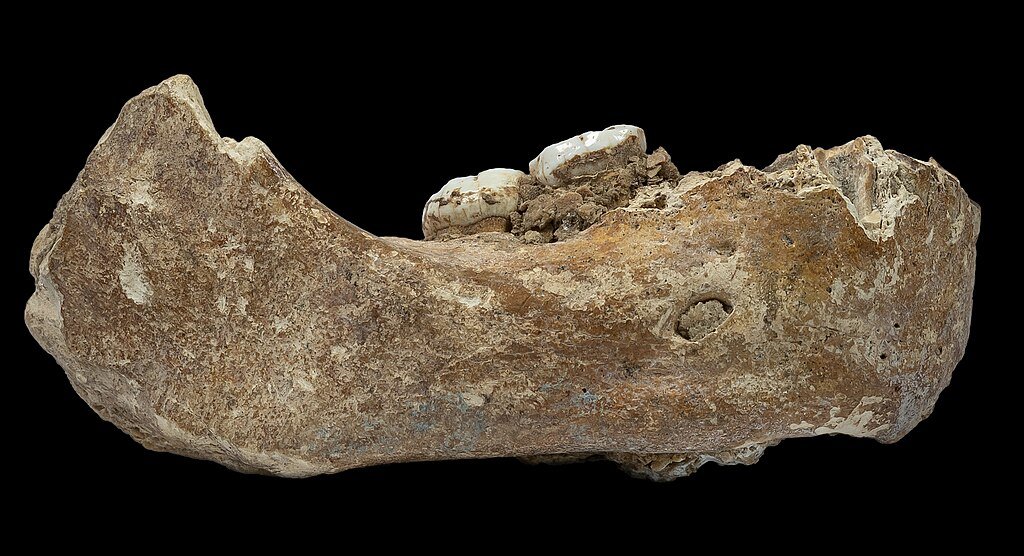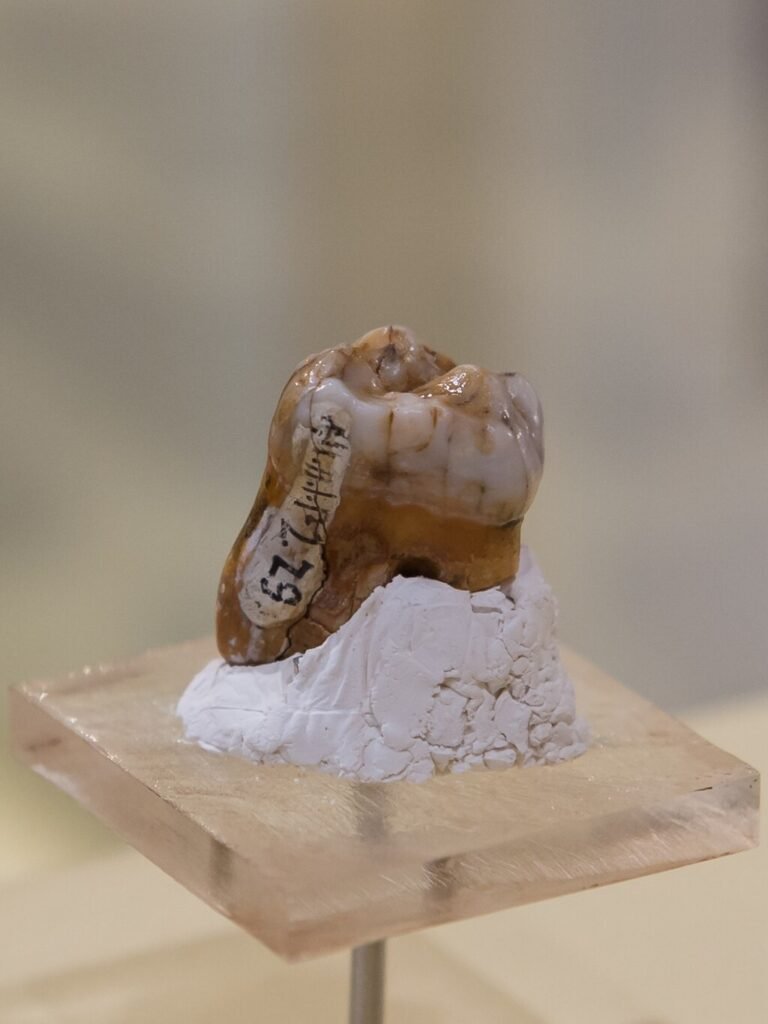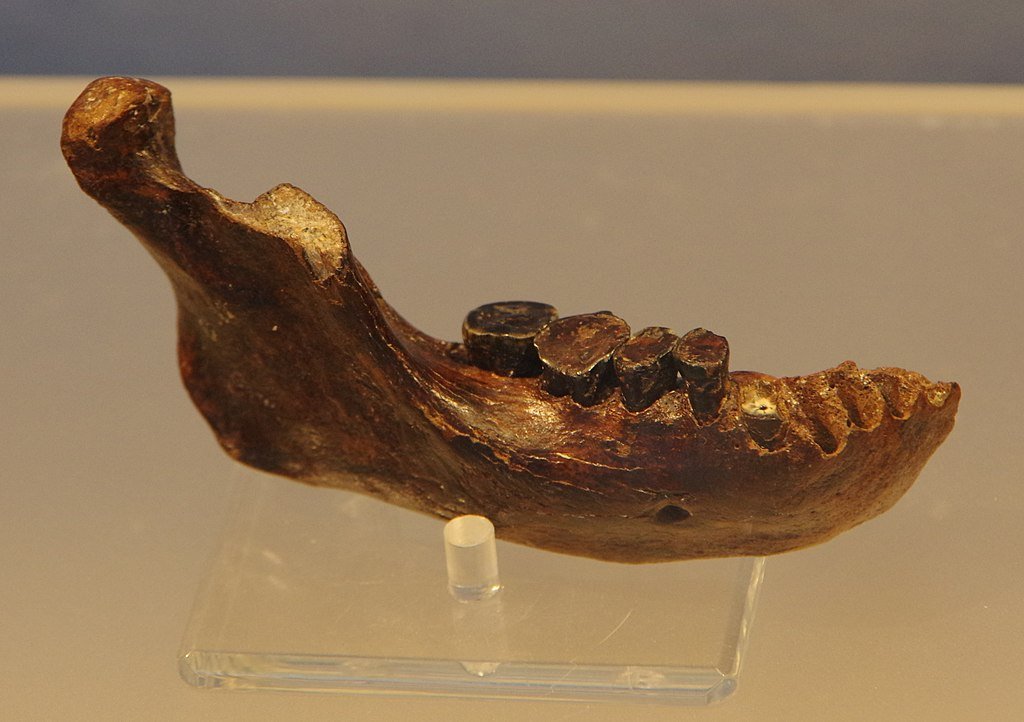A fossilized mandible discovered in Taiwan has been identified as belonging to a Denisovan, an enigmatic group of ancient human relatives. This groundbreaking find sheds light on the Denisovans’ distribution and physical traits, offering new insights into human evolution during the Pleistocene era.
The Discovery

The mandible, known as Penghu 1, was recovered from the seabed of the Penghu Channel near Taiwan. Initially classified as an unknown Homo species, recent paleoproteomic analysis confirmed its Denisovan origin. The fossil dates back to the Pleistocene epoch, between 10,000 and 70,000 years ago, or possibly as far back as 130,000 to 190,000 years ago.
Physical Traits of Denisovans

The Penghu 1 mandible reveals robust jaws and large molars, distinct from Neanderthals and Homo sapiens. These traits suggest adaptations to diverse climates, ranging from Siberia’s cold mountains to Taiwan’s warm, humid subtropical regions. The findings highlight the Devonians’ remarkable physical diversity and resilience.
Implications for Human Evolution
The discovery expands the known range of Denisovans, previously limited to Siberia and Tibet. It also provides direct molecular evidence of their presence in southeastern Asia, supporting theories of interbreeding with Neanderthals and Homo sapiens. This interbreeding contributed Denisovan genetic elements to modern human populations in East Asia.
Further Research Directions
Further studies aim to explore the Denisovans’ migration patterns, ecological adaptations, and interactions with other hominin species. Advanced techniques like paleoproteomics will continue to uncover the mysteries of this ancient lineage.
Conclusion

The identification of the Denisovan mandible in Taiwan marks a significant milestone in paleoanthropology. By revealing new aspects of Denisovan biology and distribution, this discovery deepens our understanding of human evolution and the complex history of ancient hominins.
Source:





